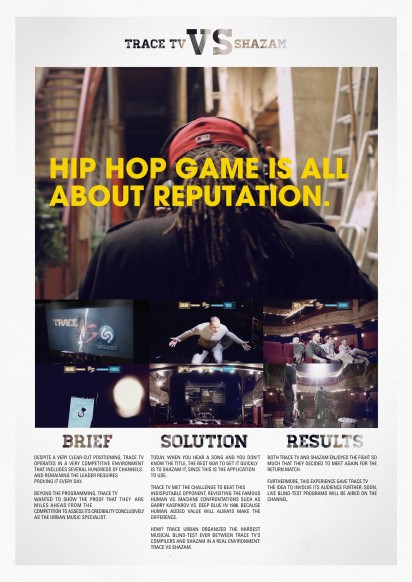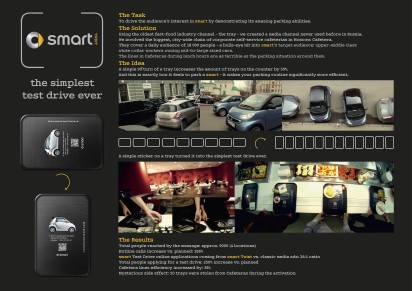Billboard: The End of the Silent Magazine
Posted in: UncategorizedThe first music magazine in the world that plays the music you are reading about. That’s the idea of the project created and developed by the Ogilvy Brazil and its digital team to make a difference for its client Billboard. Now, the readers would just need to touch their mobile phones over the Billboard’s cover and listen to a top list of music bands Billboard is talking about in that edition. How? No app downloads, no QR codes, no Bluetooth and 100% wireless. The shopper only needs to carry modern mobile with NFC (Near Field Communication) technology that comes in almost all new models. The secret of the action is a NFC sticker behind the cover that transmits the music to the consumers with a single touch. After a period of tests in selected newsstands and bookstores in Sao Paulo, Billboard Brazil publishers are now ready to change the music magazine as we know in a large scale. Readers have just become listeners.
Advertising Agency: Ogilvy & Mather, Brazil
CCO: Anselmo Ramos
ECD: Roberto Fernandez, Paco Conde
Creative Director: Fabio Seidl
Copywriter: Fabio Seidl
Art Director: Juliana Martins
Head of digital: Daniel Tartaro
User Experience Director: Pablo Moura
Production Company: Bossa Nova Films
Director: Tiago Soban






























